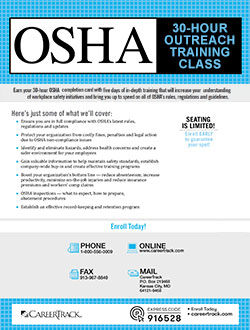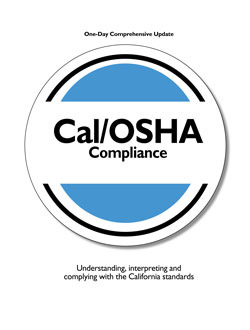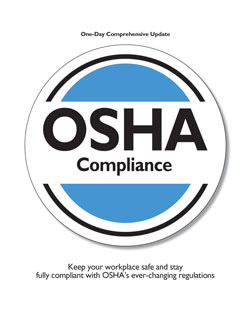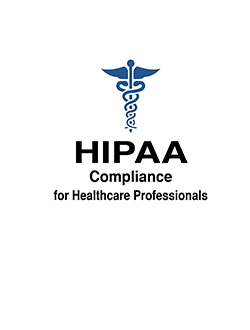The Sounds of Safety: OSHA Headphone Use
- Author: Sheryl McAtee
- Categories:
- Tags:
- Share on:
Sound is a constant in workplace life, but noise doesn’t have to be. Given the dangers of excessive noise on worker health, the Occupational Safety and Health Administration (OSHA) requires organizations to “administer a continuing, effective hearing conservation program.” Through its rules and regulations, OSHA lays out a number of requirements related to limiting unacceptable noise in the workplace, and outlines practices that protect employee hearing.
Headphones are an important tool for managing workplace noise, but they are also a source of it. Many office workers enjoy listening to music, but playing tunes at top volumes can harm hearing just as much as a loud machine. Here are some tips for effectively leveraging this common workplace tool:
- Encourage hearing protection behaviors that also support worker satisfaction. In many environments, office workers are exposed to distracting ambient noise. For example, professional staff in an industrial area, manufacturing facility or near a construction site may be exposed to ambient noise that regularly exceeds acceptable limits. Help these office workers reduce background work noise by providing OSHA-compliant headphones that also play music. A quick tour of the Internet offers several such headphones – they both dampen incoming noise, while also playing music at a level within OSHA guidelines.
- Offer options that encourage adoption. For workers who shouldn’t be listening to music on the job, but who need hearing protection, offer them a range of options. Technology has changed, and big bulky rubber earmuffs aren’t the only choice. Offering headphone-like ear protection in different sizes and shapes will encourage adoption and actual use.
- Monitor use and facilitate compliance. While hearing protection is provided to help employees, some choose not to wear it. Why? Ask! If you notice that employees who need hearing protection aren’t wearing it, find out why. Do they need more comfortable options? Do the protections block sound so much that they hinder communication? What are other barriers to use? Facilitate compliance by learning what employees really need – so that protective practices become a habit, rather than a hindrance. Finally, stress accountability by embedding protective equipment use into performance measures – this rewards use, and holds employees accountable.
Choose a Seminar and Save $10
OSHA Compliance for Healthcare Professionals
1 Day
- CEU: 0.6
Team Training - Virtual or In-person
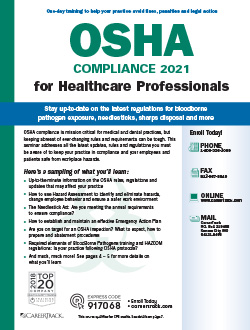
30-Hour OSHA Outreach Training Program (5-Day)
5 Day
- CEU: 3
- HRCI: 30
- PDC: 30
Virtual Seminars:
-
Apr 28-2
-
May 5-9
-
May 12-16
-
+ 4 more dates
